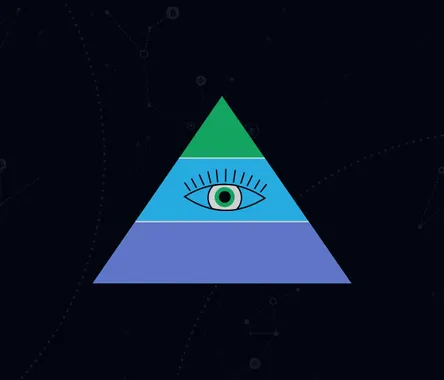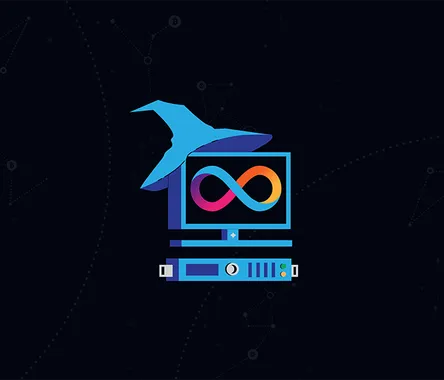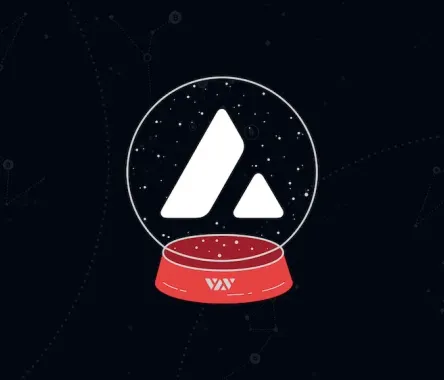What is Klaytn?
Klaytn positions itself as a business-focused blockchain that blends the best features of both public and private blockchains thanks to its hybrid architecture.
Specifically, Klaytn makes use of a modular network which is said to ensure instant finality, a smooth blockchain experience, and high throughput of 4,000 transactions per second with a one-second block generation interval. The network is also EVM compatible and supports Solidity execution. Furthermore, Klaytn’s architecture supports the addition of customizable blockchains.
Klaytn is the product of Ground X, which is the subsidiary crypto company of Kakao Corporation, a South Korean internet giant with over 50 million monthly users. Currently, Klaytn is managed by the Klaytn foundation, a non-profit organization based in Singapore.
Klaytn team has recently announced their plans to focus on becoming a leading blockchain in the increasingly competitive gameFi and Metaverse sphere in 2022.
How does Klaytn work?
Klaytn uses a Practical Byzantine Fault Tolerance (PBFT), an optimized version of Istanbul BFT, to reach immediate finality while incentivizing network participants through a compensation mechanism called Proof of Contribution (PoC), which designed to compensate any participant contributing to the Klaytn economy.
Klaytn ecosystem is broken down into the following three logical subnetworks: the Core Cell Network, Endpoint Node Network, and the Service Chain Network.
The Core Cell Network (CCN) consists of Core Cells, which are the validators of the network, responsible for the verification and execution of transactions submitted through Endpoint Nodes.
The transactions that are processed by CCN come from Endpoint Node Network (ENN). ENN is the chain of Endpoint Nodes that are responsible for the creation of transactions, handling RPC (Remote Procedure Call) API requests and processing data requests from service chains. Endpoint Nodes don't take part in the consensus process.
Service Chain Networks (SCN) are Klaytn subnetworks composed of auxiliary blockchains which are connected to the main chain through Endpoint Nodes. SCNs can be viewed as sidechains. The main purpose of service chains is to host blockchain applications, which are referred to as BApps in the Klaytn ecosystem, unlike more widely known dApps. They are called so because Klaytn does not obligate its application providers to run decentralized web services on their service chains. Blockchain Applications can run both on the Klaytn mainnet, and on their own service chains.
Together Core Cell Network and Endpoint Node Network form a Klaytn mainnet.
The validator nodes in the CCN network are managed by the members of the Klaytn governance council. To become a Council member, the candidate must stake at least 5 million KLAY tokens, while the probability of being selected is proportional to the amount of staked tokens.
For every block production round, a Committee composed of randomly selected Council members is formed, where one member is assigned as the Proposer and all remaining Committee members take the role of Validator.
As soon as the selection process is finalized, the Proposer shows its proof of selection for the round (a cryptographic proof verifiable by the public key of the proposer) to all validators in the committee, who in turn respond to the proposer with their own proofs of selection. CCN’s main goal is the creation and propagation of blocks throughout the network. For the new block to be considered final, a proposed block must receive signatures from over two-thirds of the committee members.
Currently, around 50 consensus nodes can participate in CCN, however, the number can change as the Klaytn ecosystem grows. 9.6 KLAYs are minted for every new block and Klaytn Governance Council receives 34% of KLAY annual inflation as the reward for their efforts.
How to use Klaytn?
Klaytn blockchain can be used for a variety of purposes like building DeFi applications, metaverse projects, NFT platforms, gameFi, local private networks, and many more user cases; however, building on top of Klaytn requires programming skills and blockchain knowledge.
Klaytn wallet support includes its native wallets Kaikas and Klip, as well as Metamask and TokenPocket.
Developers wishing to run their applications on Klaytn, need to install Endpoint Node. This detailed guide will walk developers through the process of setting up an Endpoint Node and building smart contracts through this EN, creating and managing accounts.
Klaytn supports Solidity as its primary programming language to write smart contracts. Here you can find guidelines and resources, as well as sample contracts that will facilitate your Klaytn experience.
dApp developers wishing to build a local private network may do so by following this step-by-step tutorial for setting up a ServiceChain network.
Klaytn also provides resources for dApp development - back-end/front-end APIs, tools, and useful tutorials, that can be found here.
Users intending to take part in the Klaytn consensus process by becoming a Core cell operator may find the respective guide here.
The KLAY token
KLAY is the native token of the Klaytn ecosystem, which is used to pay for transaction fees when creating or executing smart contracts or when transferring KLAY, as well as the reward for node operators.
KLAY tokenomics is said to be forwarded towards establishing sustainable funding structures for ensuring a growing ecosystem, boosting growth initiatives, and strategic investments.
With every new block, newly issued KLAY and the sum of transaction fees used in the block are aggregated and distributed as follows: Klaytn Governance council reward - 34%; 12% of the newly issued tokens go to the Klaytn grant program Klaytn Growth Fund, and 54% are used to maintain the Klaytn Growth Fund, an establishment which invests in early-stage projects with the potential to have a positive impact on Klaytn.
All Klaytn fees are paid KLAY tokens and are calculated taking into account several factors described here.
KLAY staking will empower users to take part in the governance of the blockchain through membership in the Klaytn governance council, which form a collective group of Core Cell Operators. The main topics that can be decided through the governance structure include issues related to the technical update of the platform, KLAY token economy, transaction fees, governance processes, and so forth.
Is Klaytn safe?
Klaytn supports public disclosure and open validation in order to ensure transparency, prevent censorship and malicious behavior. All validator nodes are required to post their public keys which are used to sign blocks in a publicly accessible space (e.g. block headers). In such a manner service providers and end-users on the Klaytn network can verify whether the block header contains more than two-thirds of the committee signatures.
Jaesun Han is the founder and CEO of GroundX, the company behind the Klaytn blockchain. Jaesun Han received a Ph.D. in EECSfromt KAIST. Before GroundX, he founded NexR, the first big data and cloud computing tech startup in Korea in 2007, then he worked as a CTO of FuturePlay, an investment company focused on tech startups.
Sangmin SEO is the CTO at GroundX and Director of Klaytn Foundation, with prior experience at Samsung Electronics, Argonne National Laboratory, and ManyCoreSoft. He graduated from the Seoul National University with a major in Computer Science and Engineering, he also received his Ph.D. in the same university in Electrical Engineering and Computer Science.
More detailed information about the Klaytn team and advisors can be found here.
Partners
Klaytn has an extensive chain of projects built on top of or integrated within its ecosystem, the full list of partners can be found here. Some of the few in the DeFi and DEX sector include KlaySwap, KlayPay, KLAYfi, KLAYportal, Orca Finance, etc.
Klaytn also has a broad list of NFT marketplace partners such as OpenSea, NFT Bank, MetaGacha, Little Orbit, KrafterSpacer, Treasurer, and many more.
Since the main focus of the Klaytn blockchain is set to metaverse and gameFi, all the recent strategic partnerships were focused on that specific area.
Klaytn has recently partnered with such industry leaders as Wemade, which offers a global blockchain platform, and WEMIX, on which games of all genres can be transformed into blockchain games. Netmarble is a leading game developer, who recently launched their blockchain Marblex build on the Klaytn mainnet.
Neowiz, one of the leading multi-platform developers in South Korea, launched its play-to-earn game powered by NEOPIN blockchain built on Klaytn.
What’s next?
According to the Klaytn roadmap, the team plans to evolve into a DAO and increase the number of Governance Council members to enhance the decentralization of the network. Klaytn also plans on creating a more open and developer-friendly environment, scaling up through their service chains, optimize the consensus mechanism to enhance the TPS. In a longer-term, Klaytn also plans to be able to host smart contracts written in various programming languages, in order to extend support to a wider range of developers.
Links
https://docs.klaytn.foundation/
https://klaytn.foundation/
https://klaytn.foundation/blog/





